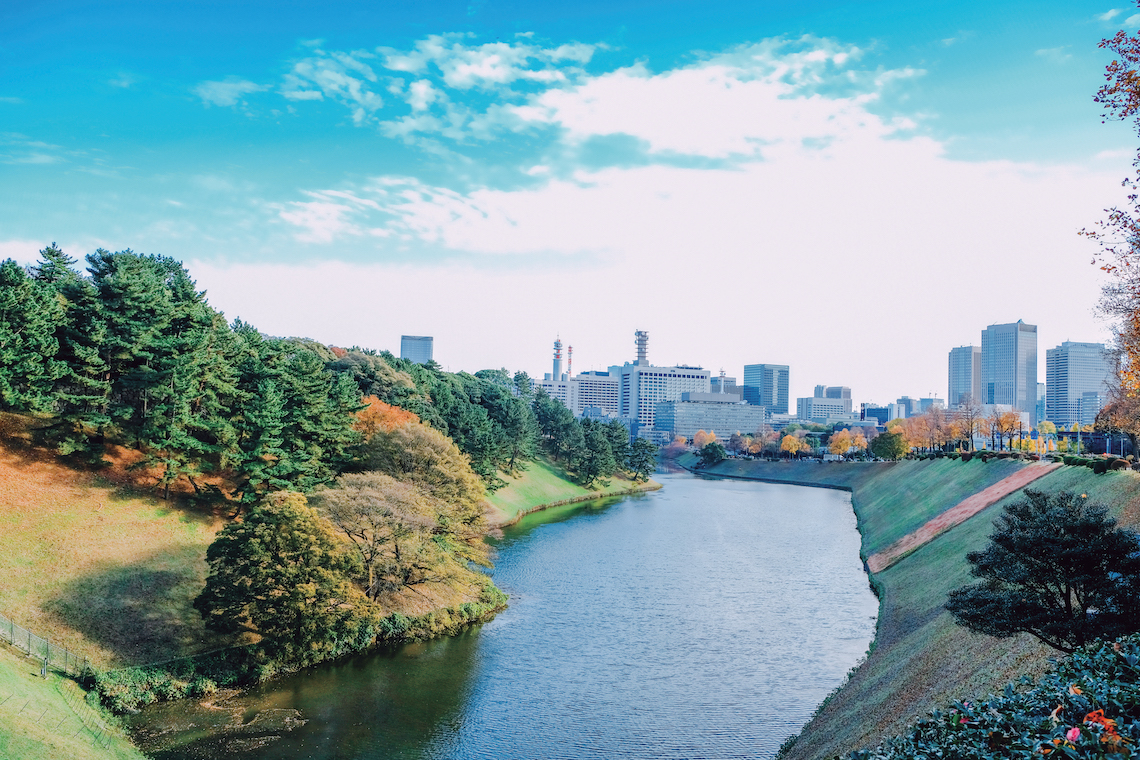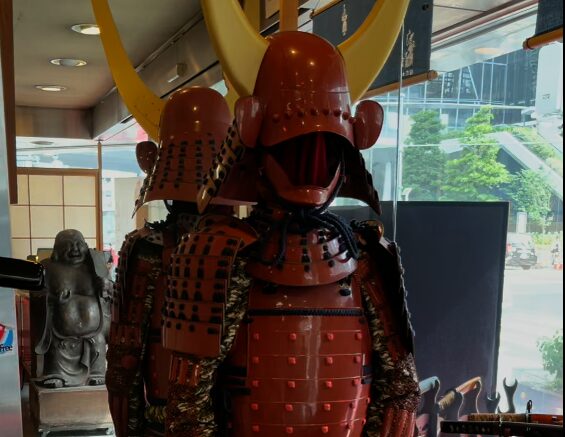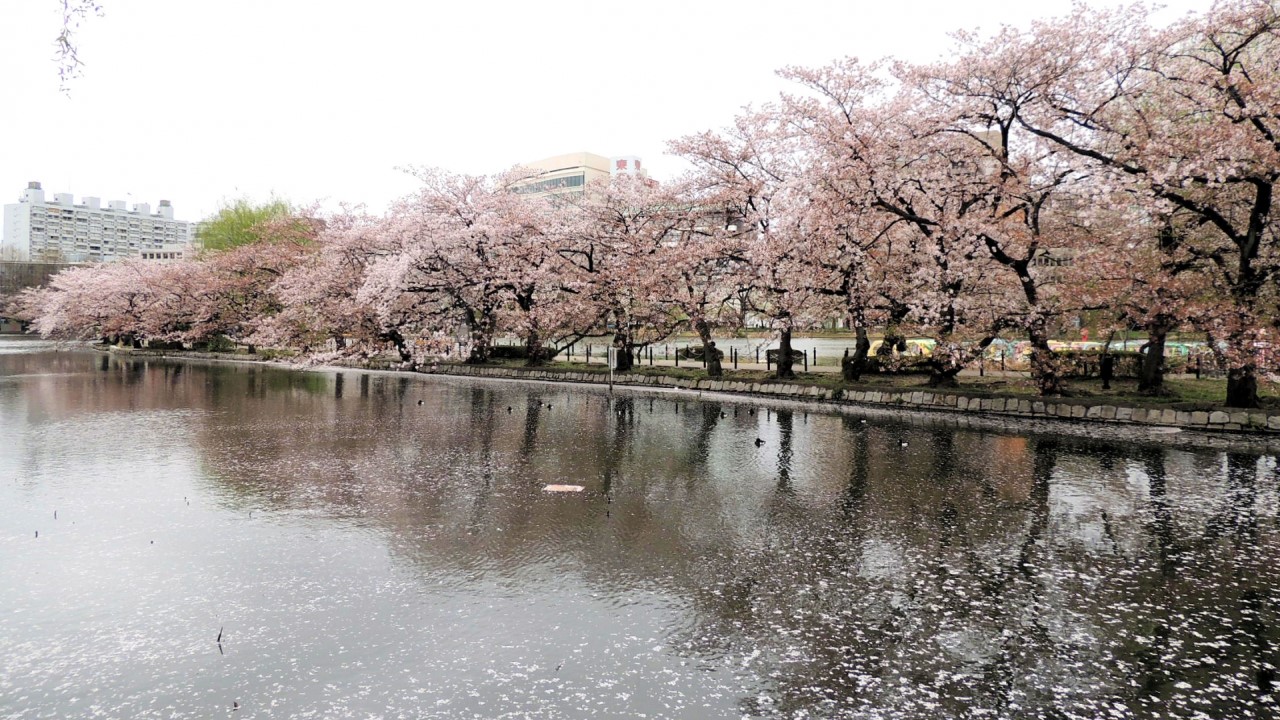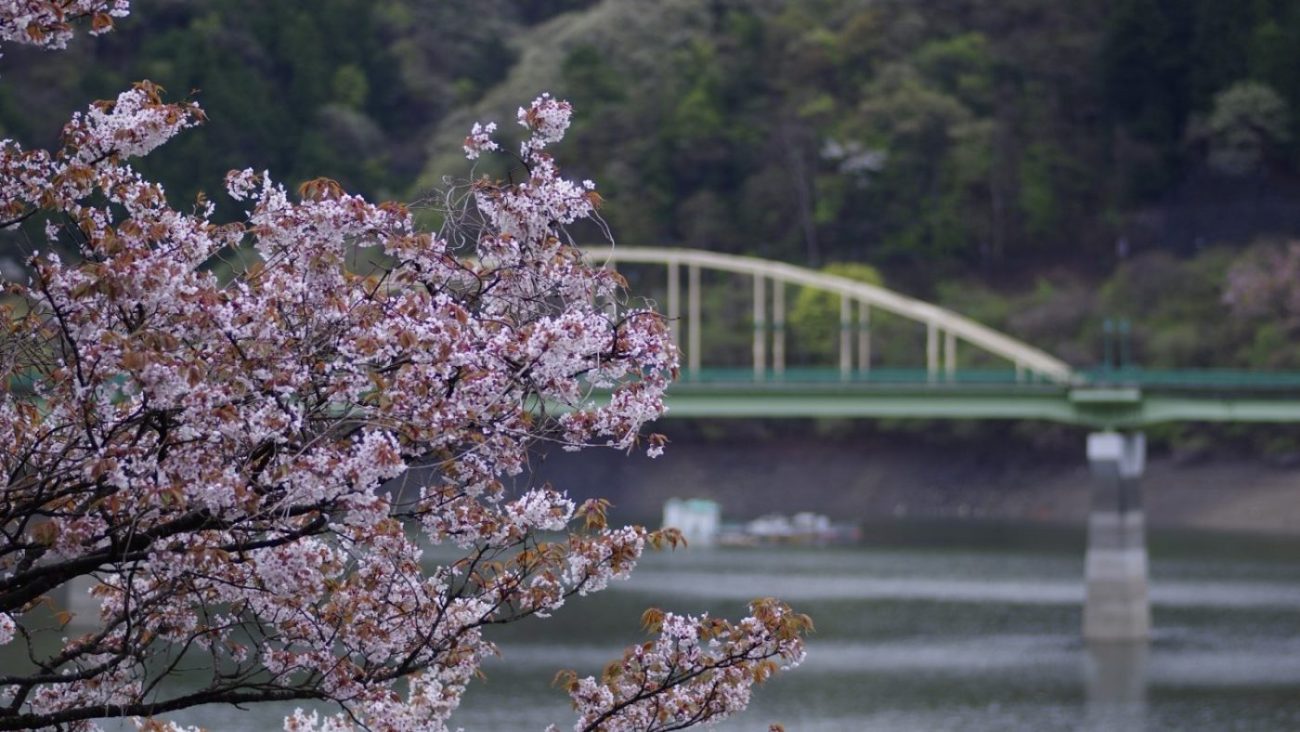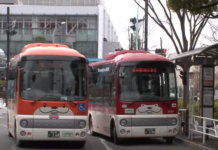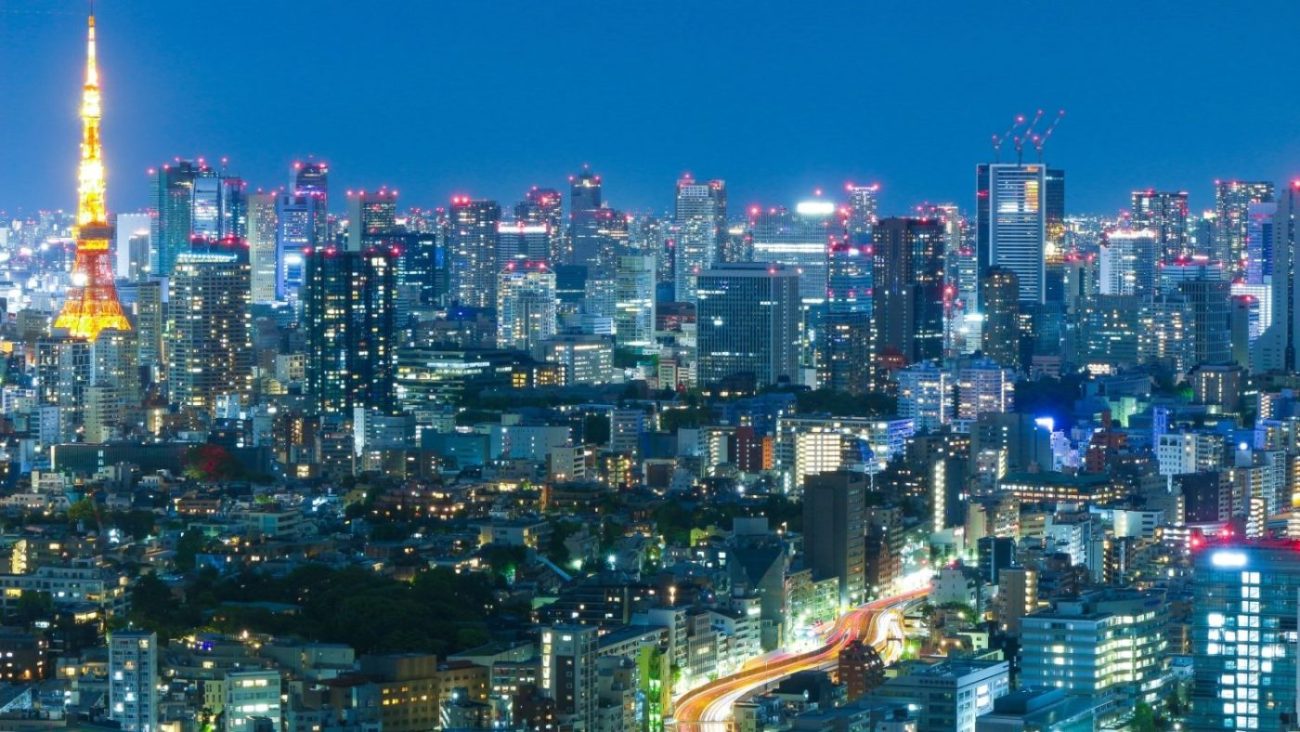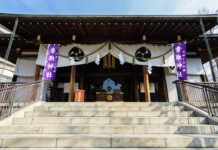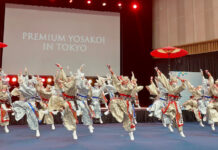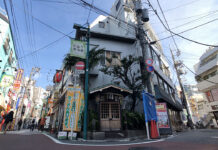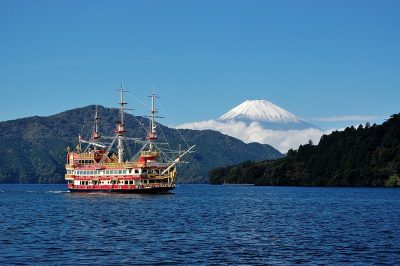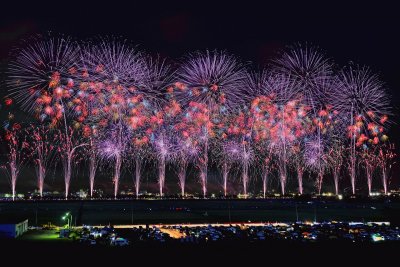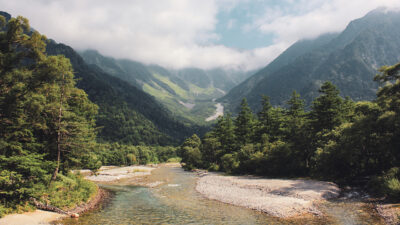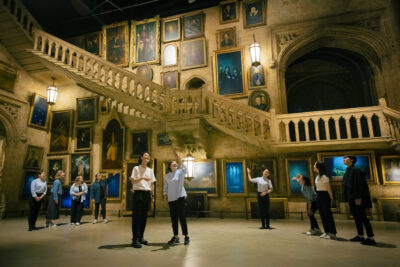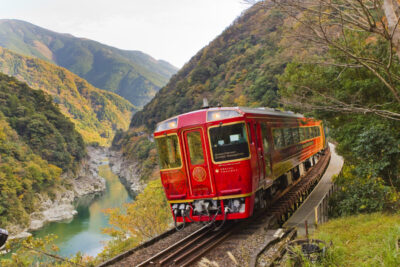Imperial Palace Run
From professional athletes to casual sports enthusiasts, people love jogging around the Imperial Palace. The path around the palace is regarded by joggers as the place to run and is known as kokyo-ran, or the “Imperial Palace Run.”
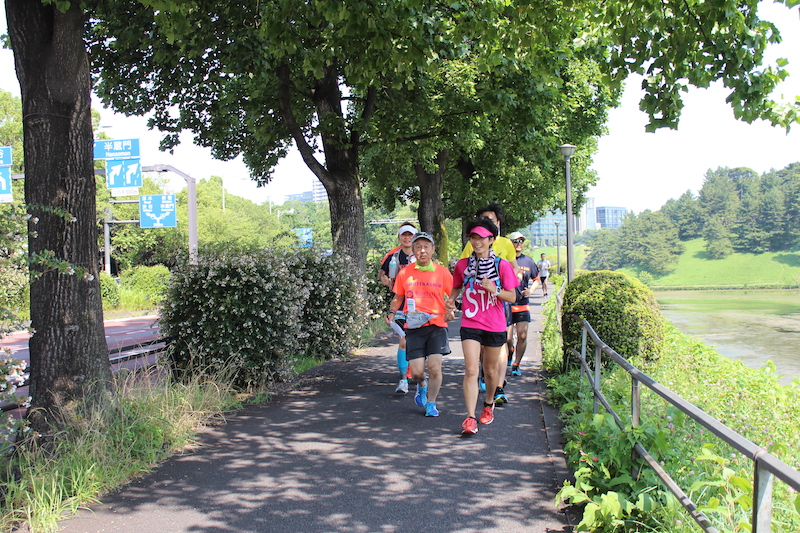
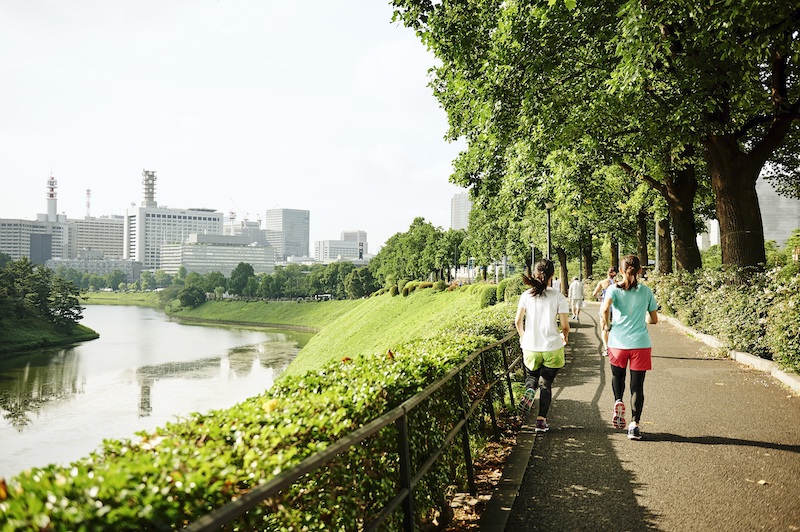
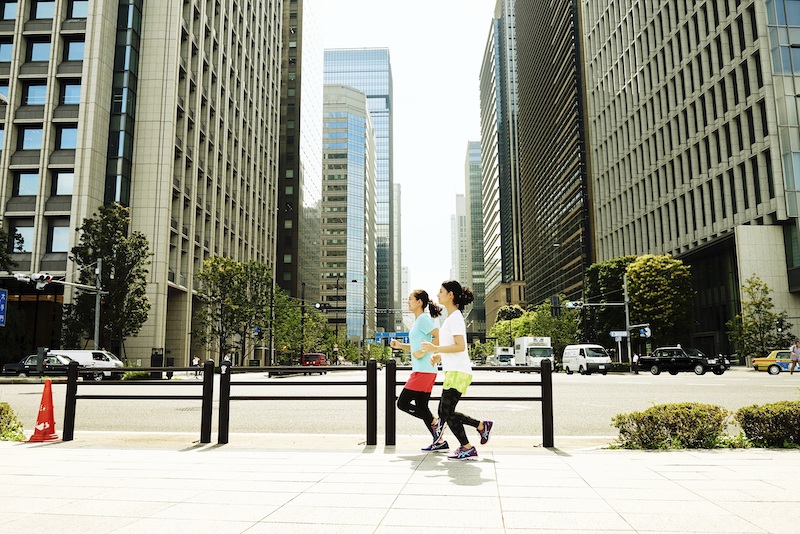
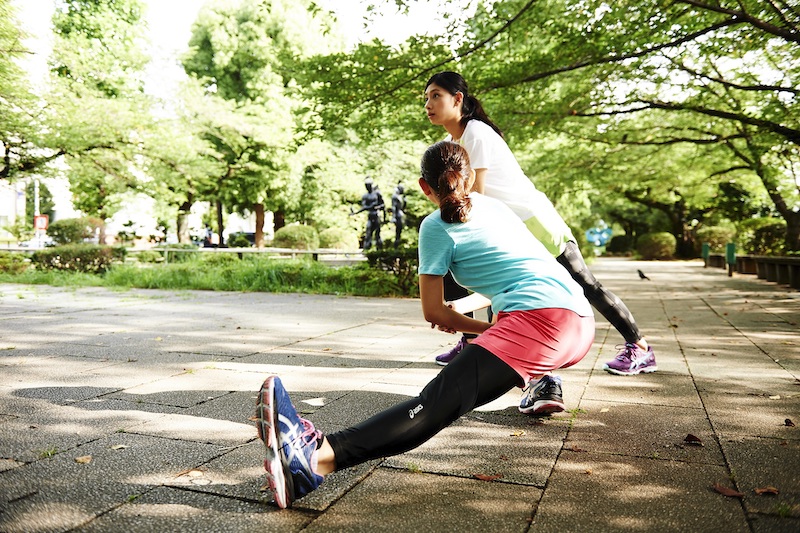
The Imperial Palace was originally the castle of the Tokugawa Shogunate during the Edo period, which then placed a moat around the castle. The 5km path along the moat is not broken up by any stoplights, making it a great place for joggers to run without interruptions.
What really makes the Imperial Palace Run so remarkable is all the wonderful sights you can see. There is greenery, the modern architecture of the city, historical buildings, and famous landmarks; such as the Kokyogaien National Gardens, the Nippon Budokan, The National Theatre, the National Diet Building, Sakuradamon, and the business district stretching from Yurakucho to Marunouchi leading to the Tokyo Station Marunouchi Station Building. Must-see places in Tokyo are every-where you look, and then there is the area around the moat as well.
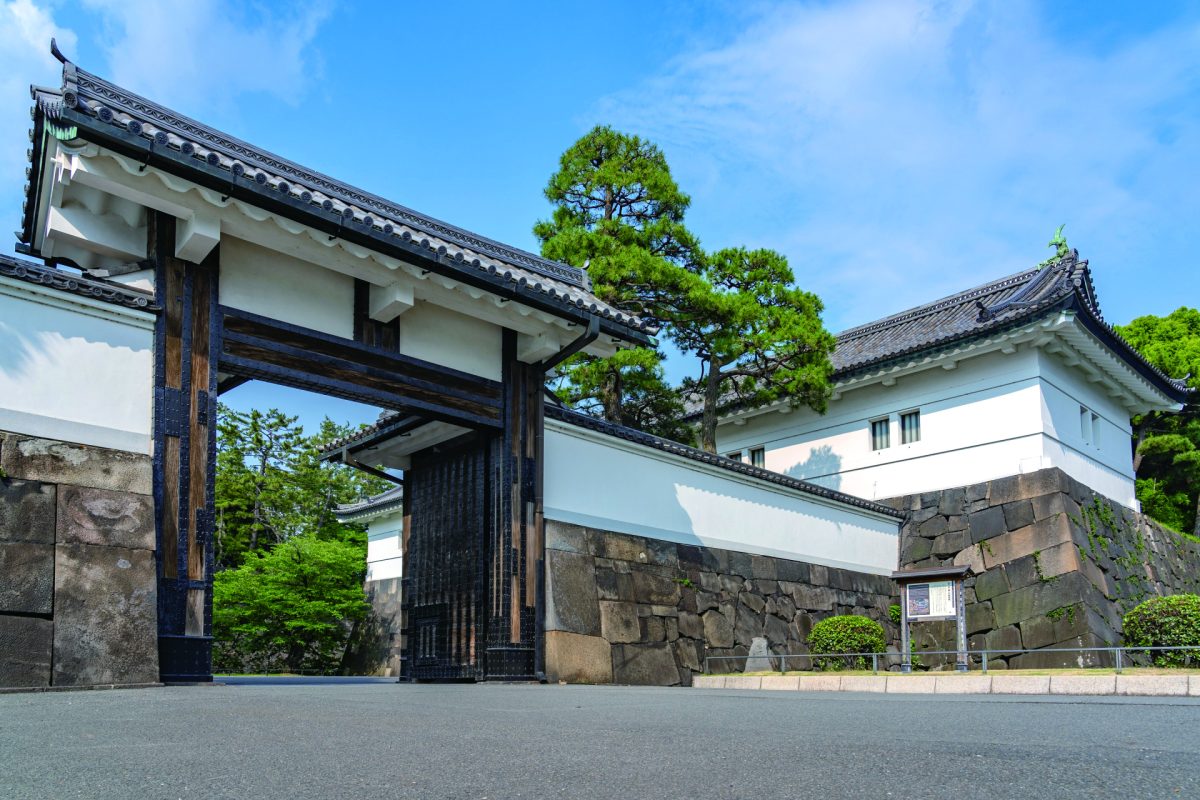
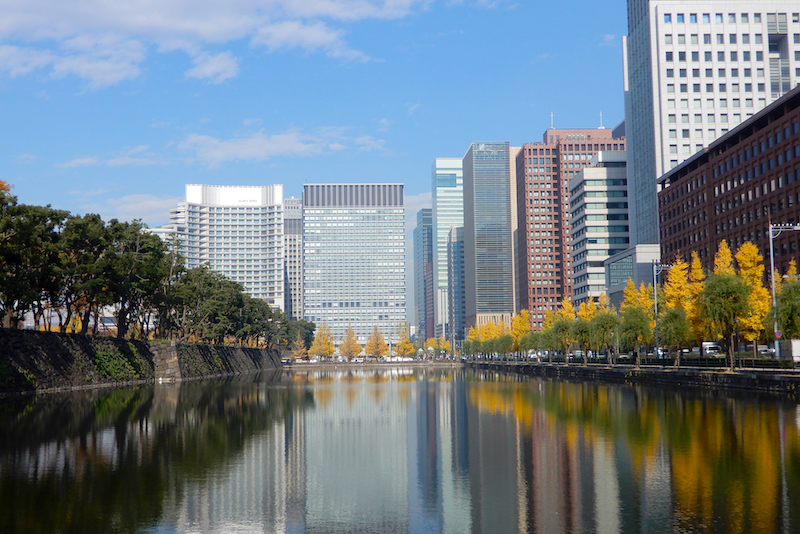
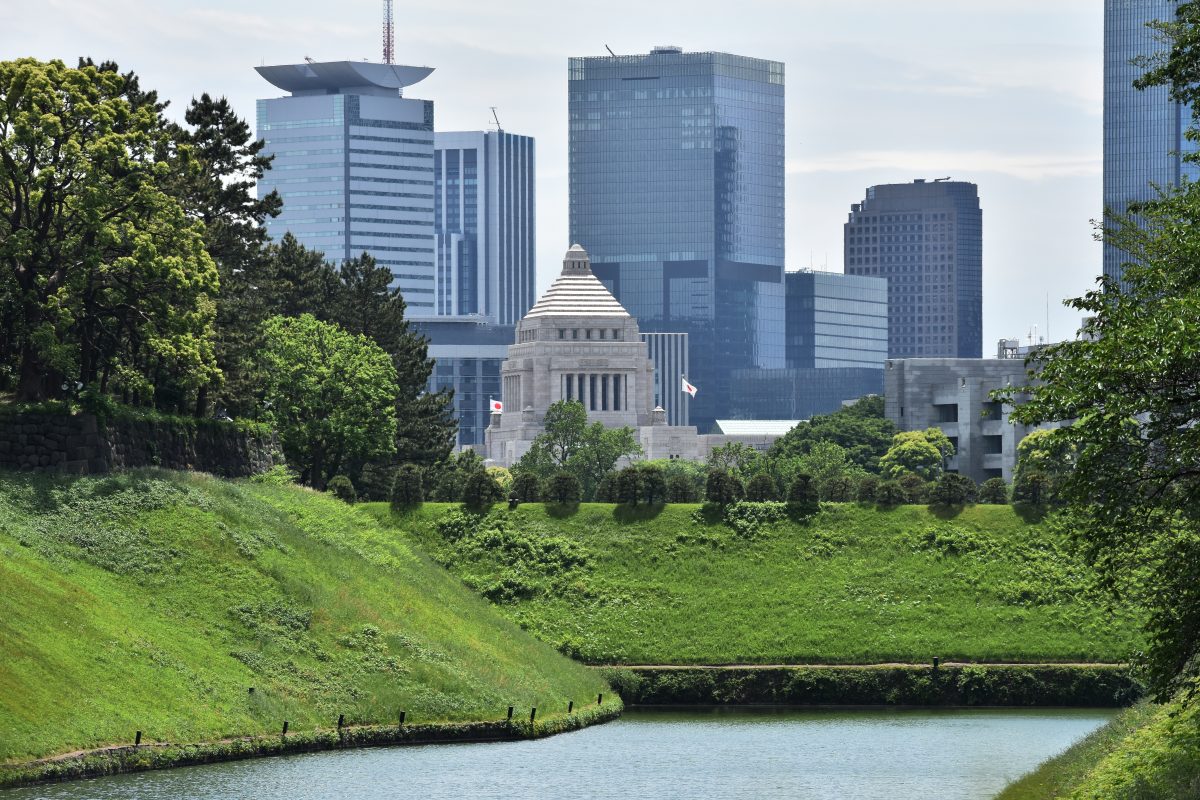
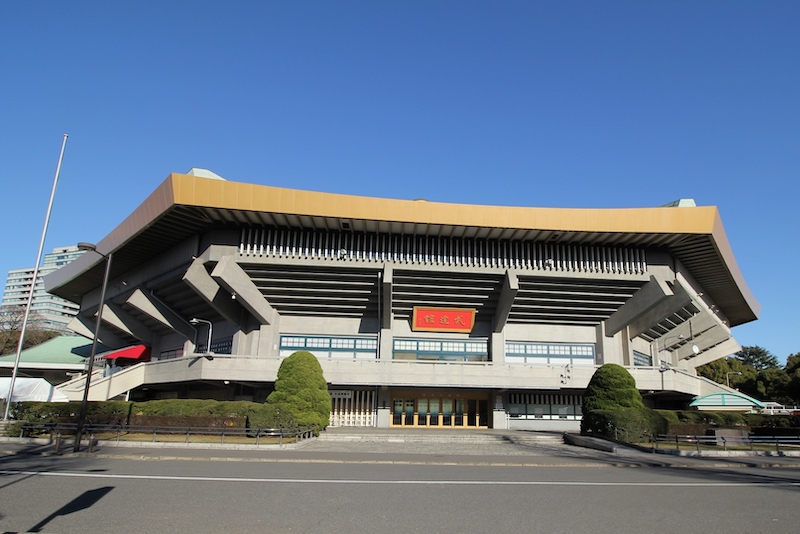
Another great aspect of the Imperial Palace Run is the ransute, or “running stations.” Running stations are facilities found throughout the path offering a wide range of services, such as showers, lockers, and rentals for jogging wear and running shoes. You can just show up and still find everything you need for a good jog.
For example, just a 3-minute walk from the Hanzomon Station is the “JOGLIS” running station. With a spot right in front of the Imperial Palace, it boasts the largest number of lockers and showers of any station, with plenty of supplies and gear for rent. There is even a cafe space to relax in after you finish exercising. This makes JOGLIS the perfect facility for tourists to use when enjoying the Imperial Palace Run.
Going for a lap on the Imperial Palace Run when you visit Tokyo is a great way to enjoy the city, just make sure you follow this one rule – all joggers should run counter-clockwise along the path. It is also good to keep in mind that the path around the palace is not a designated jogging course. Its primary function is for walking, with weekends being crowded with locals and tourists, so be courteous to others as you get your workout.

Unveiling the New National Stadium for TOKYO 2020

On November 2019, construction of the New National Stadium will be complete. This will be the main stadium for the 2020 Tokyo Olympic and Paralympic Games, holding the opening and closing ceremonies and matches for events like Track & Field. With innovative designs from the renowned architect Kengo Kuma, the former stadium is being rebuilt to host Tokyo’s second Summer Olympics Games.
The New National Stadium has been generating buzz over its audacious wooden construction, using wood from all over Japan. Like viewing temples, shrines, or other Japanese wooden architecture, the stadium conjures up a sense of calm and balance with its surroundings. Inside the stadium, the visual theme for the seating area is “rays of sunlight trickling down through the leaves of a forest,” with a gradation of five earthy colors. To reduce construction costs, there will be no air conditioning for the seating areas, but large-scale eaves will be installed above to shade and draw in wind to cool audiences.
The New Japan National Stadium
Scheduled for completion in November 2019.
Site Area: Approx.113,000m2, Building Area: Approx. 72,400m2,
Total Floor Area: Approx.194,000m2,Height: Approx. 47.4m
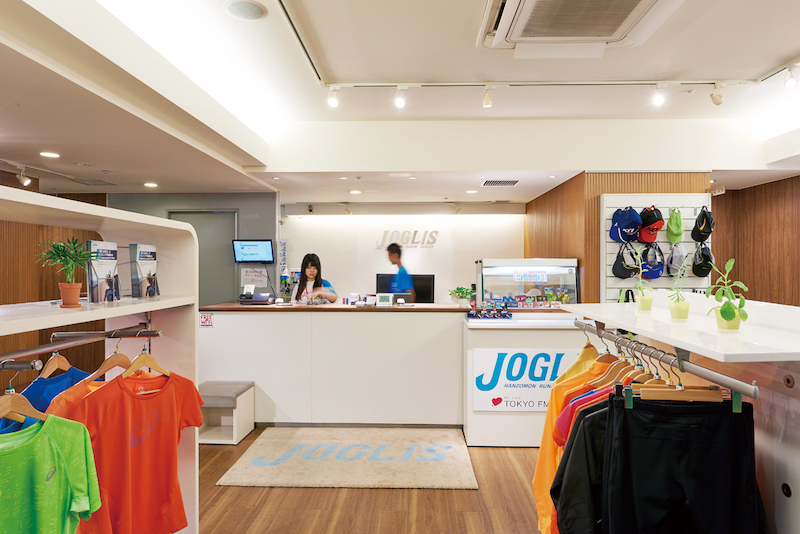
OMOTENASHI Runner Association
visit-chiyoda.com/tag/omotenashi-runner-association/
Chiyoda City Tourism Association
visit-chiyoda.com/
JOGLIS running station
www.joglis.jp/
 0
0

